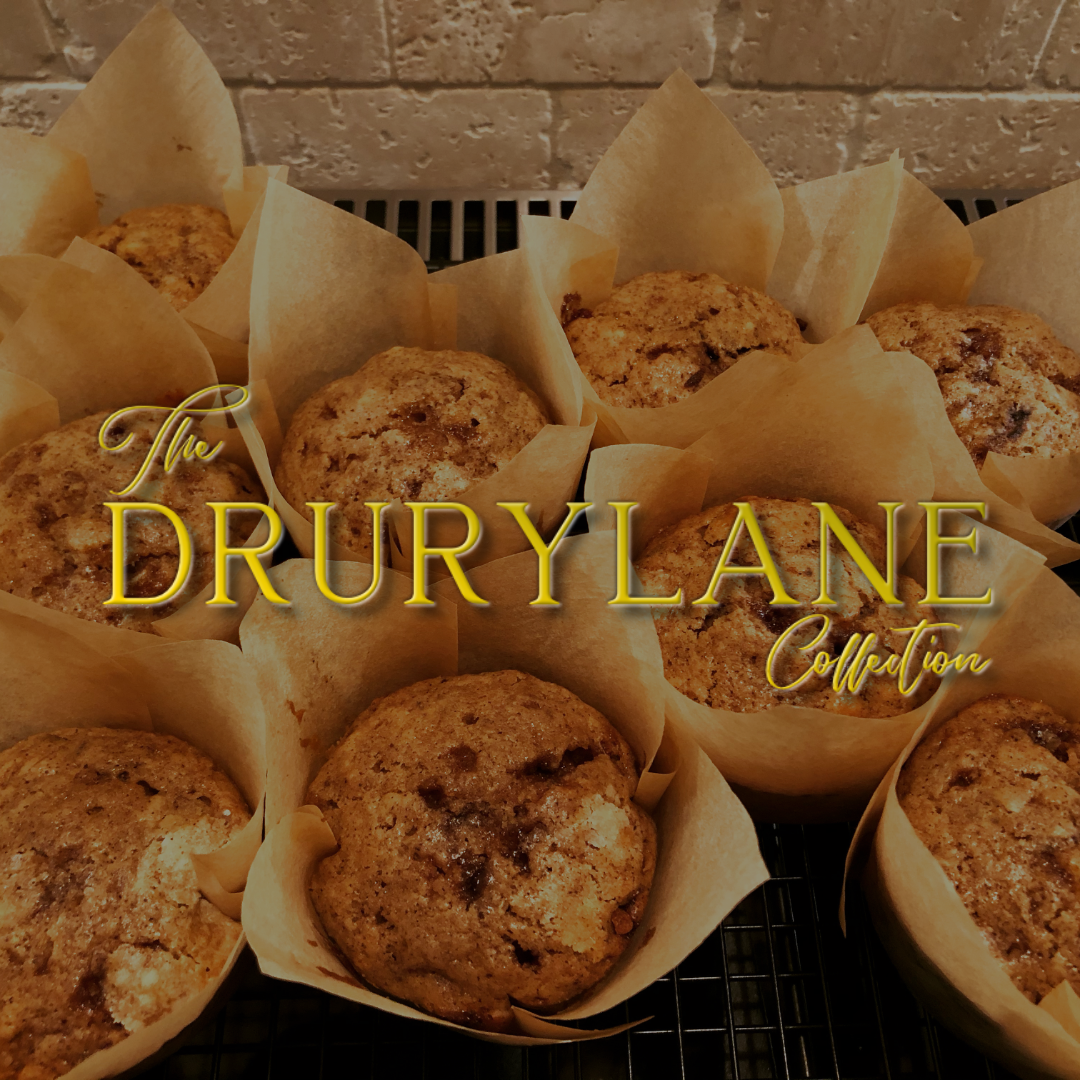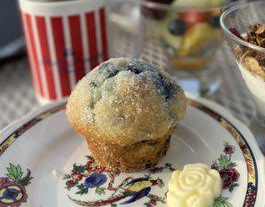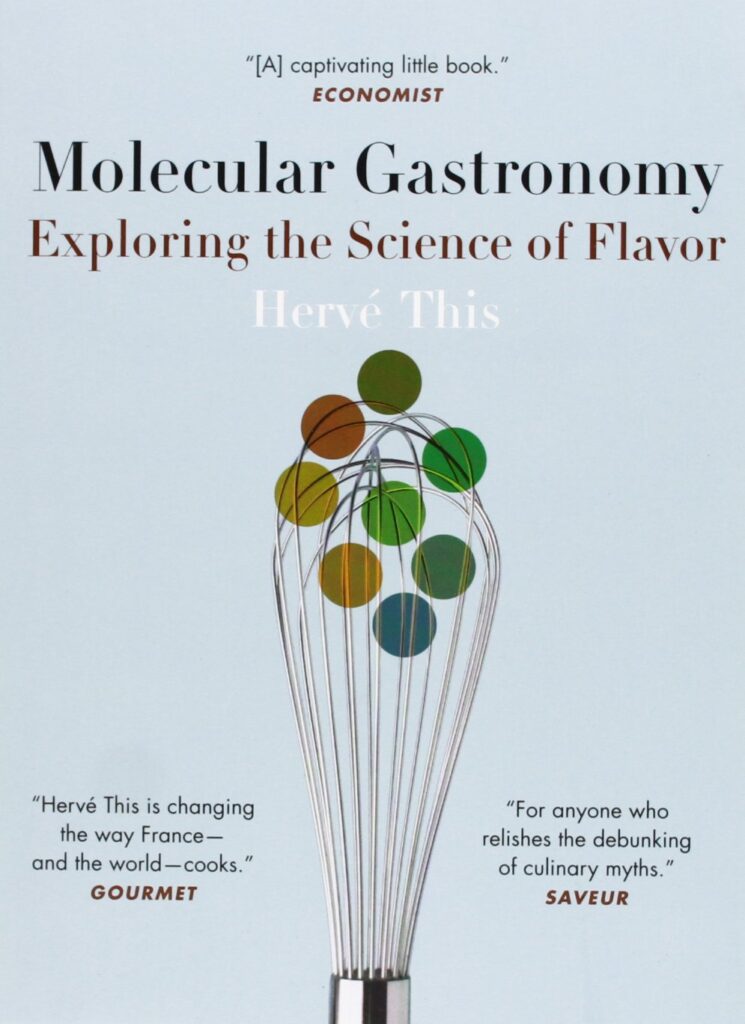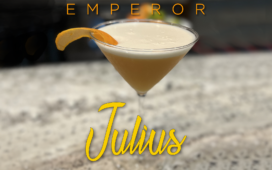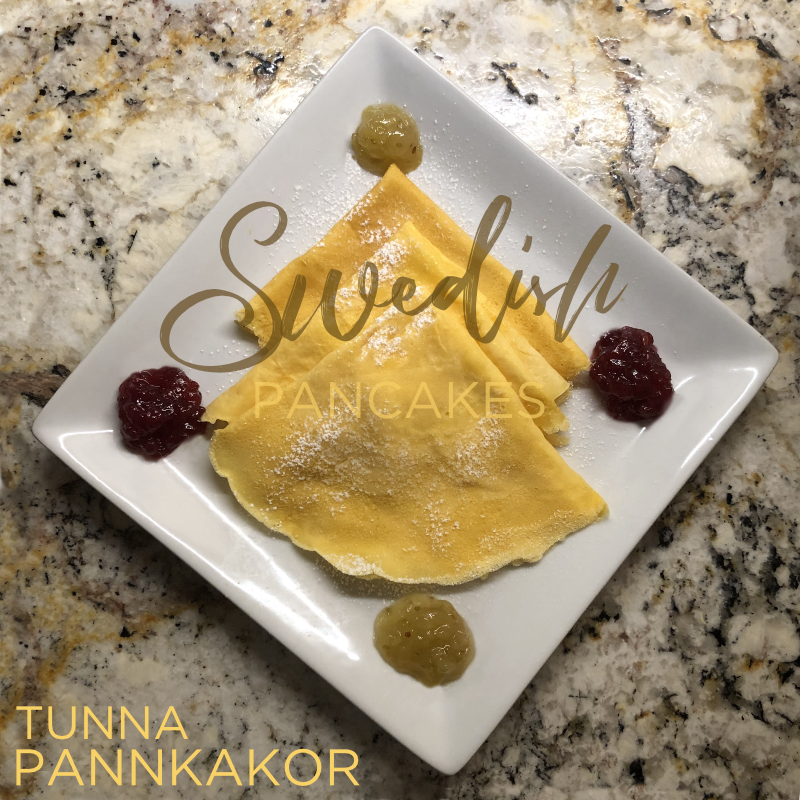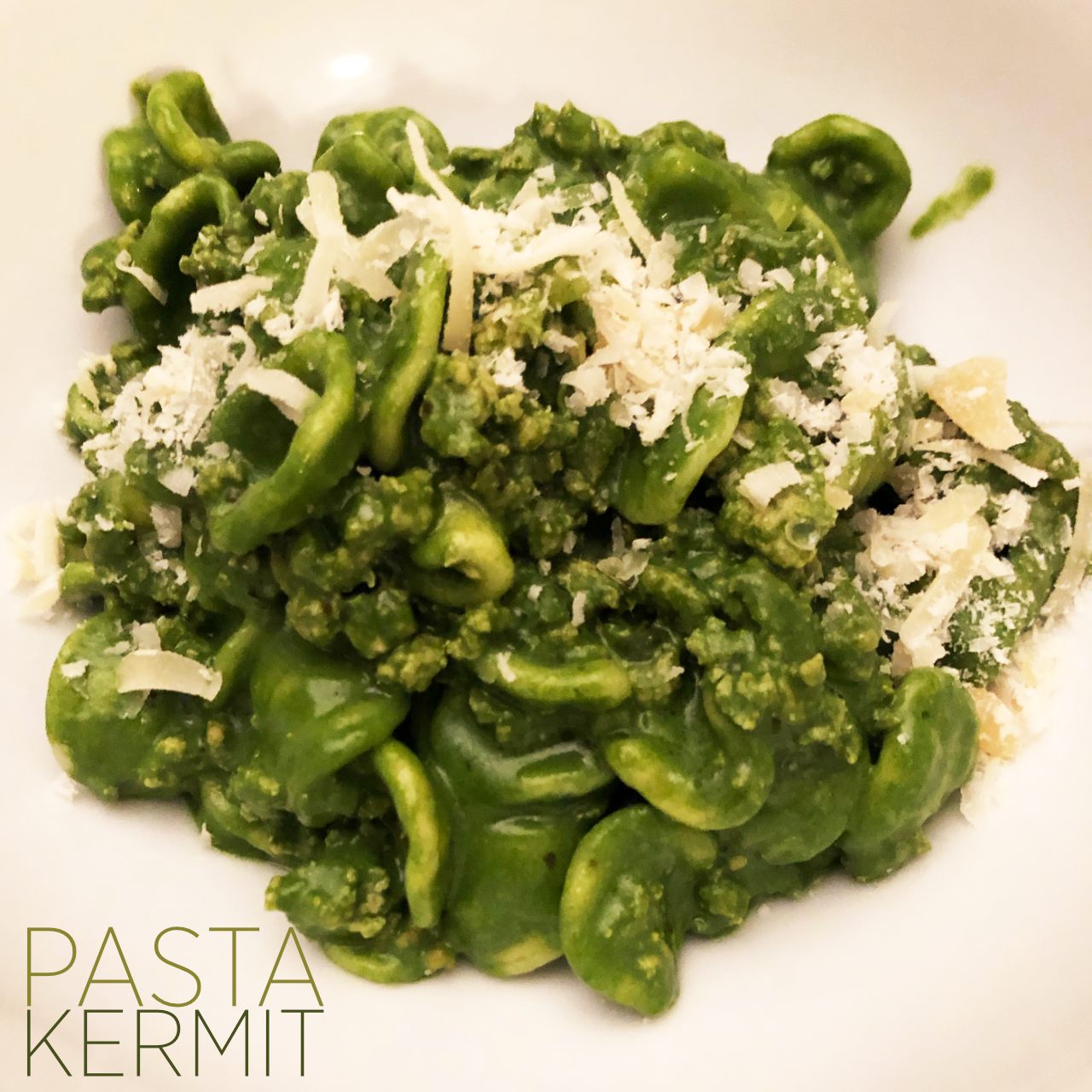“Do You Know The Muffin Man?”
Shhh. It’s ME. Your very own Jazz Chef. Haha!

What’s the “DRURYLANE™” Collection?
The Road to Drury Lane
The secret of making anything REALLY WELL, is in the technique.
Recipes usually document measures, and processes. We seldom learn a lot of “whys” that help you understand how to do something really well.
Often, the people who learn it keep it to themselves. Why give anyone else cooking, around you, that edge?
Thankfully, I’m not one of those people.
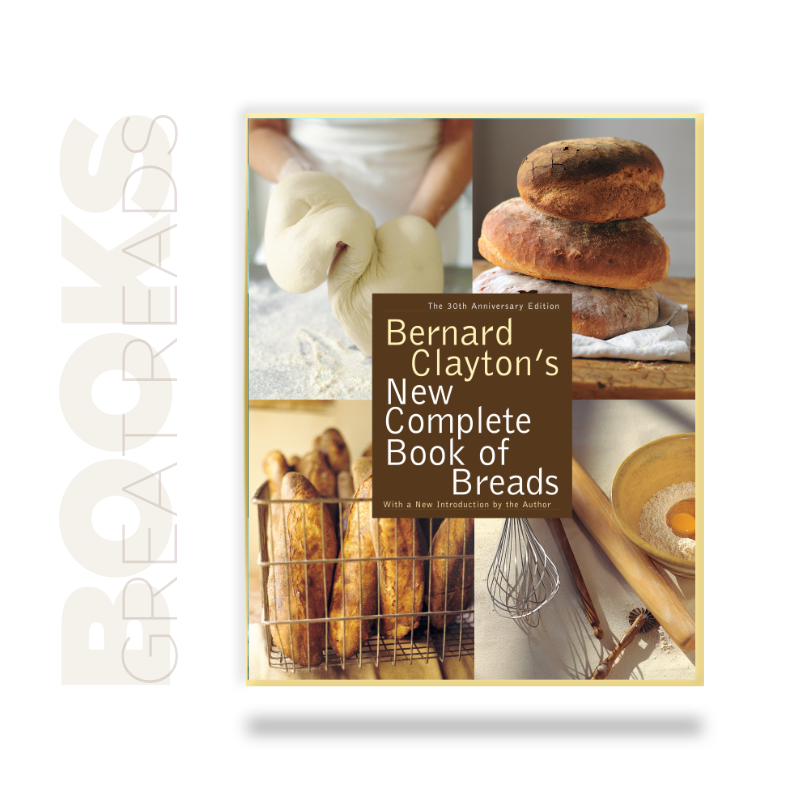
The Mother Muffin
About thirty years ago, I stumbled across what I call the “mother muffin.” It’s a terrific recipe for fresh blueberry muffins, from Bernard Clayton’s New Complete Book of Breads (Review).
Clayton, another recovering writer, who was fascinated by food, collected amazing recipes from all over the world, tested them, and made adjustments for home cooks.
It included a recipe for a sugar-topped blueberry muffin from The Hotel Iroquois. It’s this ultra-charming, early 20th century hotel on tiny Mackinac (Mack-in-awe) Island, the carless, horse-drawn, bike-crazed, fudge-shop filled isle of Lake Michigan.
I came to Mackinac, with its bicycle trails, and fudge shops, in large part, to experience the “muffin mothership.” After all, I had been baking these things for decades!
On my first morning, I got to the breakfast area. I saw them! They were jewel size, not big. I pulled one out. I put it on my plate. All smiles, I got my coffee. I bit into it…
Then came the BIG letdown.
The hotel’s recipe, itself, compared to the process produced in the Clayton book, was vastly different.
The texture was off: gooey & doughy. That sadly made the muffin tough. The taste, after the sugar top, was bland. The smaller size made the blueberries, which were flavorful, integrate poorly.
The same recipe. Same place! How could that be so?
Except that it wasn’t. Why?
Riffing.
If you’re an improviser, like me, or Bernard Clayton, you taste, and you enjoy, but you also analyze. What worked? What didn’t? Even if it was PERFECT, can you find anything that you would like to “riff” into a newer, different thing?
He said the secret was in the turning, but really didn’t elaborate as to WHY. I’m a big WHY guy. So I set out to find out.
Research
First, I met Margaret McIntyre, the longtime owner of the Hotel Iroquois, whose original recipe I was sampling.
When I told her that I had been baking these muffins for a couple of decades, she looked at me like I was NUTS!
I explained, to her, that I had found them in Clayton’s book.
She clucked her tongue.


”That man! He followed me for days, pestering me so. I should have NEVER given him the recipe.”
“But it’s brought thousands and thousands of people so much joy,” I said.
That didn’t seem to bring her a lot of comfort. I asked her about some aspects of the recipe, that Clayton had credited to her.
She wouldn’t tell me HOW she did any of it.
Her only comment to me was that I was waaaay off base as to how she would go about it. Those were her parting words, with the “poo-poo” wavy hand, as she walked away, and corrected the staff’s cleaning of the breakfast area.
So, it would seem, Clayton improved the recipe. How? The answer, I learned, lies in (shhhh) the SCIENCE of flour.
Know the food. Make creative choices with it.
A few years before I started teaching, I read Hervé This’ amazing Molecular Gastronomy, a ground-breaking book. It opened my eyes to the science of the WHY, and HOW, of putting food together, beyond mom, or grandma’s say-so that what you were doing worked.
If we understand how flour is built, how it behaves, when we add things like eggs, or water, or oil, into it, that gives us super-culinary POWER!
So what is the DruryLane™ secret to great muffins?
The science of MIXING the flour in a particular way applies to all muffins.
How you mix flour for a muffin is not uniform. Granny’s “no lumps” warning to you, for all things flour, as a kid? Politely? It’s dead wrong for muffins.
We have CHOICES, when we mix. The secret, to great muffins, is in creating the perfect mouthfeel.
What is Mouthfeel?
Mouthfeel is a BIG part of the happy in any great food. Our brains are wired not only for things like taste, and temperature. They’re also wired for texture.
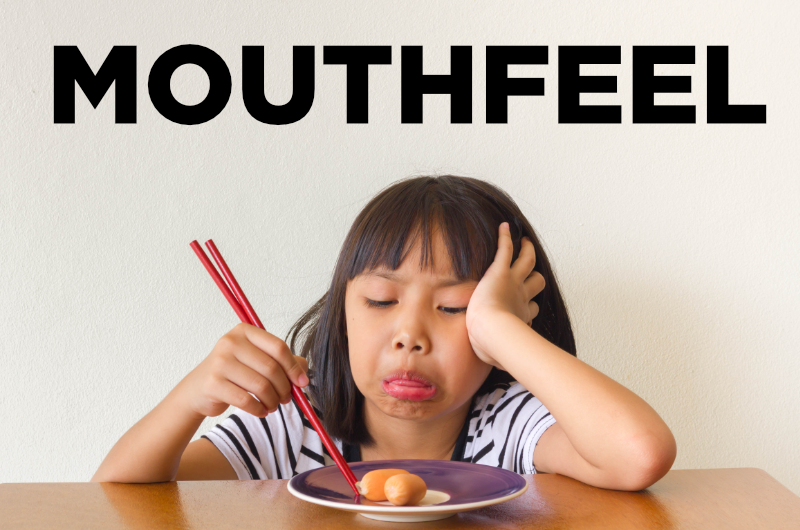
If you have ever cooked for kids, you know that they’re very fussy about texture. The food can taste great, but if the mouthfeel is off, arms will be crossed, and lips go stubbornly sealed.
The mouthfeel of the Hotel Iroquois muffins were what was bothering me.
The point of a sugar-top muffin is to give your tongue that instant sugar rush. The dough doesn’t have to be as sweet. That worked!
Still, the mouthfeel of the muffins that I tried were gooey doughy.
They needed a little GFC.
Use a Little ‘GFC’
You do that through what I call Gluten Formation Control (GFC). How you work with it makes all the difference between a great muffin, or a biscuit, or ones that are hard as a hockey puck.
(If you have Celiac disease, or just eat gluten free, you want to emulate the mouthfeel by performing a few tricks. There will be more on that, later. Good to read here, though, to understand what we have to imitate, to taste great!)
Glutenology
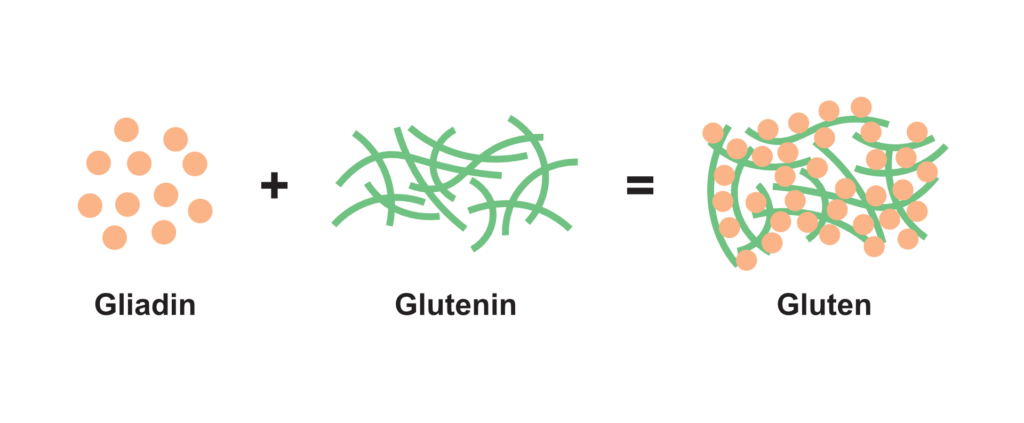
Take a wheat grain, or any other cereal grain in that family. It has all of the “bits” of magic that, when crushed together, turn into one of the world’s most durable, portable protein sources: breads.
Gliadin and Glutenin, in the seed, crushed together, in flour, form a very durable bond in a new substance called “gluten.”
Add water, or another liquid. As you mix the flour into the liquid, the gliadin and the glutenin collide, bond, and…
BOOM!
Gluten builds. That’s GREAT for any bread, or muffin, but the HOW takes you from a pretty average baker to a spectacular one!
The Art of Gluten
How much do gluten do you want? The more that we mix, more gluten is released. It also binds, and tightens.
For something like a pizza, we want high gluten flours (“00”) that will be very elastic, to form a pizza round that has bite, and CHEW.
For a pastry, we use softer, lower gluten flour, that, again, we want very REGULAR, delicate, and delicious.
Muffins are rebels. We want them to be not in the middle, but a little of both: IRREGULAR. It’s that irregularity that makes for a wonderful crumbly muffing, and amazing mouthfeel.
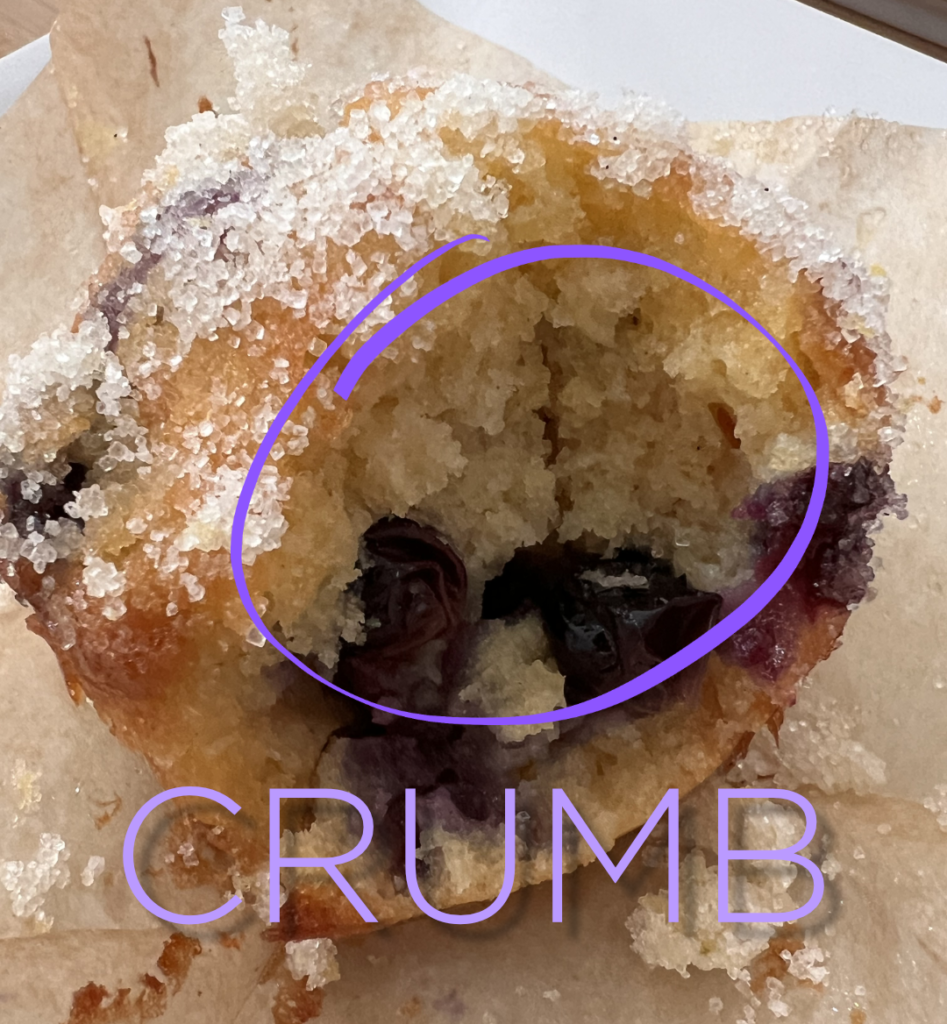
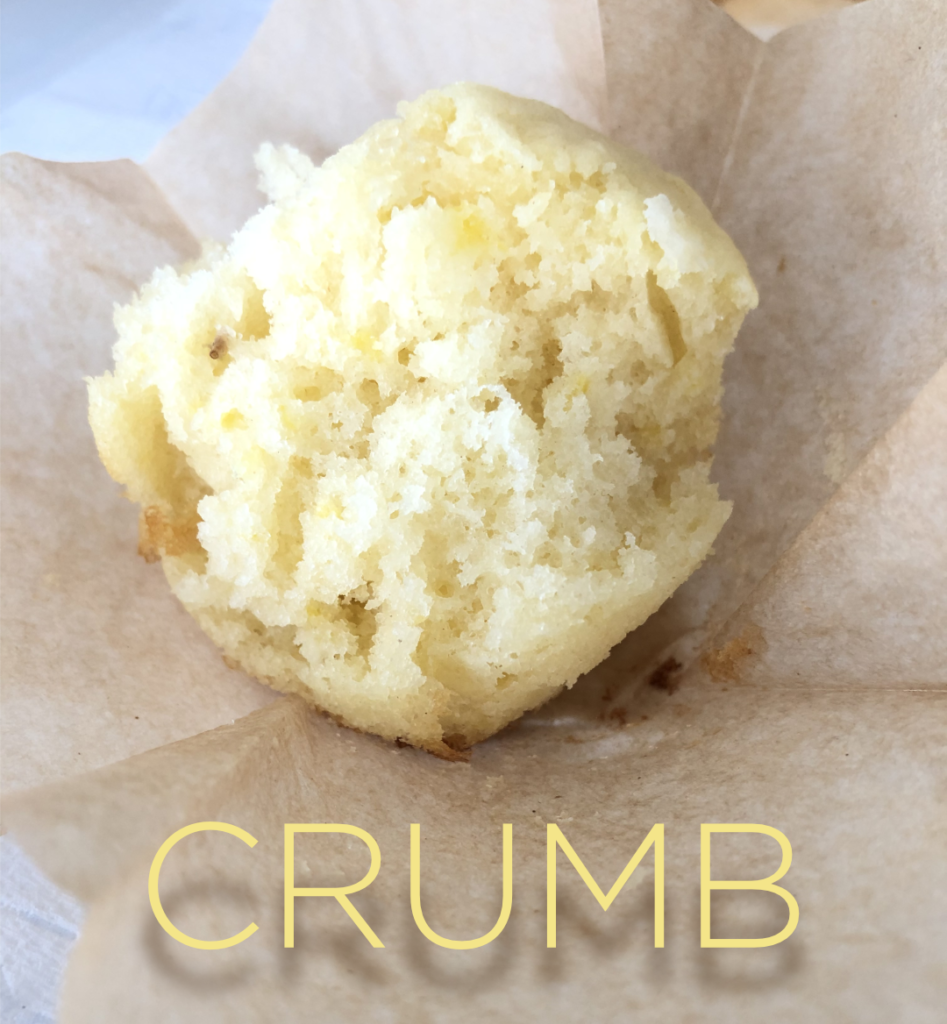
The “crumb” of a muffin is what people adore. Overmixed muffins are tough. Turned muffins have this wonderful, erratic softness, and terrific mouthfeel.
I’ve sampled a LOT of muffins. Most, especially big-batch ones, fail this test. VOLUME, and perfection, have not met, yet.
So, in our muffin mixology, we’re going to learn how to turn. Turning/wetting, rather than stirring/beating is what takes your muffins to DruryLane™ levels.
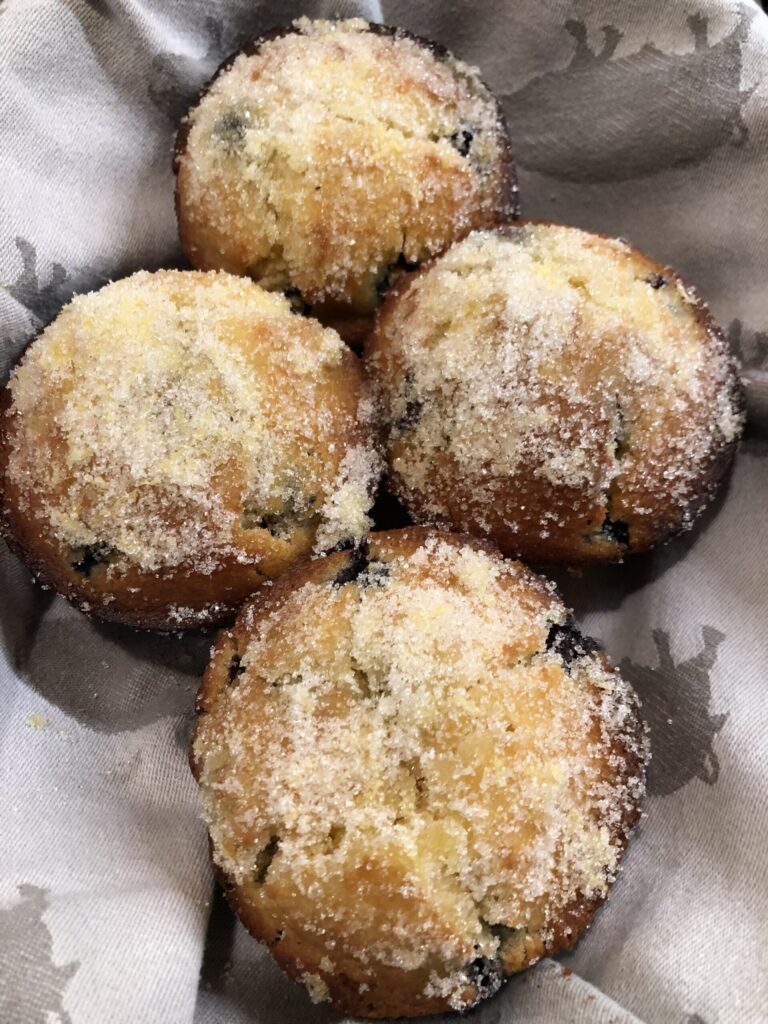
Muffin Mixology
We can achieve irregularity through two steps:

Separate out the ingredients, into wet and dry, to gain total control of the mix.

- Flours
- Salt
- Dry flavorants (Ground vanilla bean)
- Dry sugars (sugar, Muscovado sugar)
- Leavening (Baking powder)
- Dry additives (Blueberries, nuts, dried fruits)
This is really the “magic” of the muffin. By integrating all of the dry ingredients FIRST, you get the big flavor, without having started the gluten formation process, or its imitation, if gluten free.
- Liquid binders (eggs)
- Liquid fats (oil, butter, ghee)
- Flavorants (vanilla)
- Wet fruits, purées
Blending the liquids first allows you to get maximum integration of them, without over-mixing the flour, releasing too much glutten, and turning them into rubber.

The Mix
This is a HAND, not machine process. Use a mixer? The muffin man will haunt you all of your days.
This is a hand-turning process.
- Make a well in the dry mix.
- Add any mix-ins that will be going in.
- Pour the wet mix into the middle.
- Gently TURN, the dry mix (see video) to just WET all of the dry flour. Overmix, and you’ll have rock-hard muffins.
- Ladle into paper cups in your muffin tins.
Gluten Free
Can you make muffins that are this wonderfully crumbly as gluten free?
YES!
The mixing, interestingly, remains the same, except we use non-gluten elastic foodstuffs, like guar gum, in the “flour” to help it form in a similarly erratic way.
We have to blend other gluen-free flours, with enough binders, like guar gum, that it imitates what we do with gluten, in the DRY mix, AFTER you’ve done all of the dry integration.
Add it BEFORE adding your wet. Turn as well, before the wetting, to develop that lumpy inconsistency.
Vegan
By adding Just Egg, or similar substitutes, to the wet, and increasing the leavening about 10%, for the recipe, and it works AOK!
Now Explore!
There are a number of muffins being added to the DruryLane™ Collection, as we publish. Check them out here…
Muffins in the DruryLane™ Collection
(Releasing recipes throughout April.)
fresh blueberries
and lemon zest!

